Do foldables need Apple more than Apple needs foldables?
With foldables stuck in the luxury lane, Apple might finally be the one to drive them mainstream.
This article may contain personal views and opinion from the author.
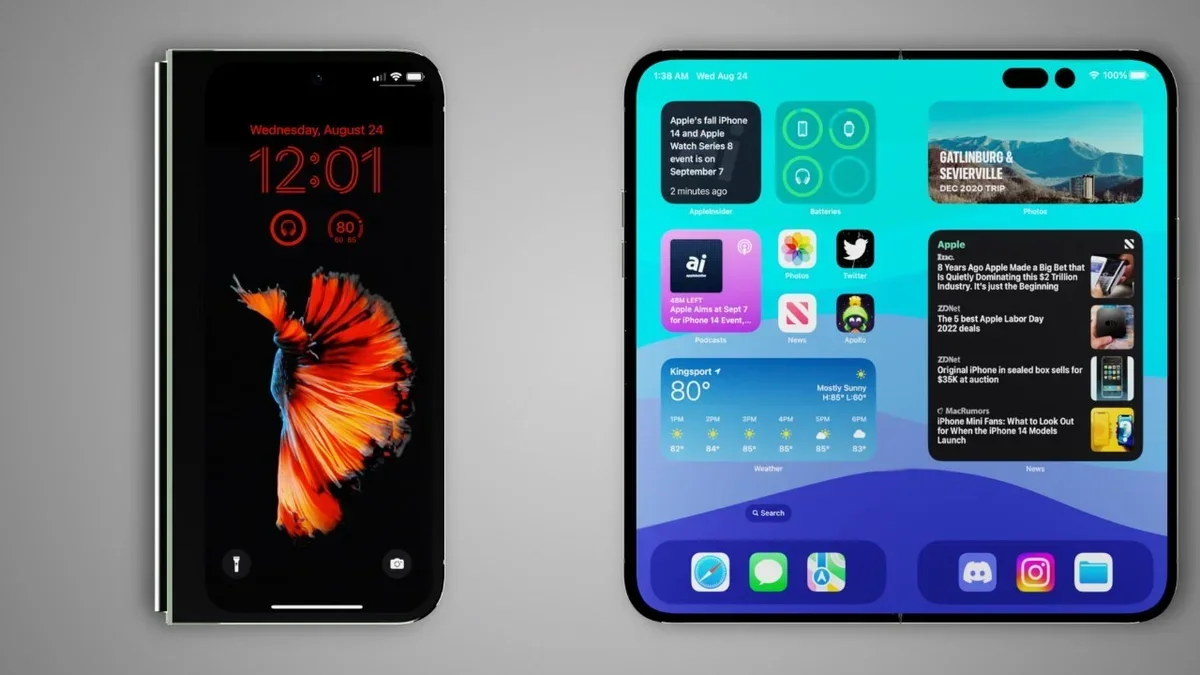
Concept image of a foldable iPhone. | Image credit – Apple Insider
Apple’s foldable: maybe coming for real and cheaper than expected
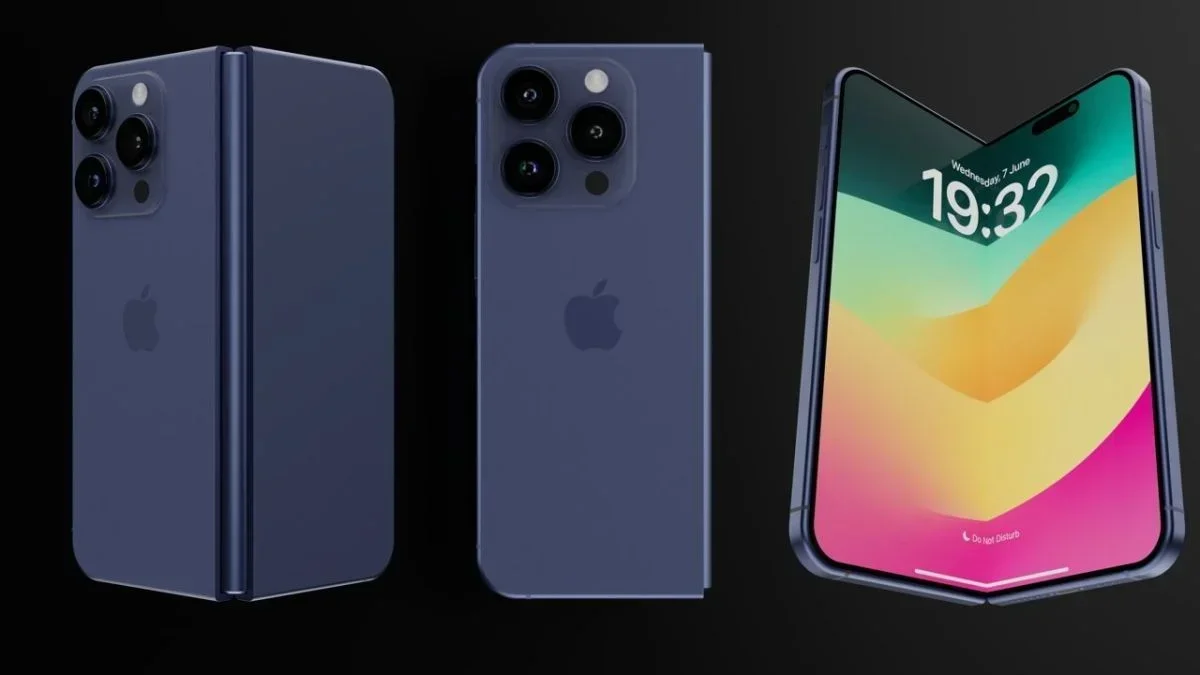
This is how a foldable iPhone could look like. | Image credit – Apple Insider
According to a new report, Apple might finally be gearing up to launch its first foldable iPhone in 2026 – a timeline that’s already been floating around for a while. But the surprising bit is the price. This time, the rumor suggests it could land somewhere between $1,800 and $2,000.
That might sound steep, but it’s actually lower than previous estimates (some suggested $2,400 or more), and more importantly, it’s in line with what Samsung, Google and others are already charging. And to me, that says a lot. Apple isn’t looking to sit above the foldable market – it wants to compete directly with it.
Foldables are everywhere, but still not for everyone

Samsung just launched the new Z Fold 7. | Video credit – PhoneArena
And to be fair, when we first heard Apple was working on a foldable iPhone, those rumors about a $2,400+ price tag seemed totally believable. After all, Apple has a long history of coming in late and charging more.
But this time, the game looks different. Foldables aren’t some untapped market. They are a small but growing niche and Apple might not want to position itself too far outside it. Especially after the Vision Pro lesson: $3,500 for a headset was a bit too much for most people and sales reportedly fell short of expectations.
So if Apple really launches its foldable at the same $1,800 - $2,000 price range as its biggest rivals, that’s a statement. It’s not trying to be the Ferrari of foldables. It’s showing up to play – in the same league as Samsung’s Fold series and Google’s Pixel Fold line.
If Apple matches the price, it also sets the tone
And let’s be real – if Apple drops a foldable at $2,000, that basically cements the price floor for premium foldables. Brands like Honor, OnePlus and Oppo might still go a bit lower to stand out, but don’t expect Samsung or Google to blink. If anything, Apple’s entry gives them cover to keep their own prices high – now it’s “just what foldables cost.”
Right now, a lot of people don’t even think about buying a foldable. $2,000 for a phone that folds? Especially if it’s from a brand they don’t fully trust yet? It’s a hard sell. But once Apple steps in, that might change.
People who would never consider a $2,000 Android phone might take a second look if it has an Apple logo on it. Carriers will push it harder. Retailers will make more space for foldables. Developers – finally – will have a strong reason to build better apps for foldable screens. That ripple effect is what Apple brings to the table.
The real innovation Apple offers might not be hardware
If the price rumor is true, Apple won’t just be dipping a toe into foldables – it’ll be diving in. And that could shift the entire category more than any thinner hinge, brighter screen or faster chip ever could.
Because while Samsung and others have led the way on foldable tech, it might take Apple to actually normalize it.
Follow us on Google News

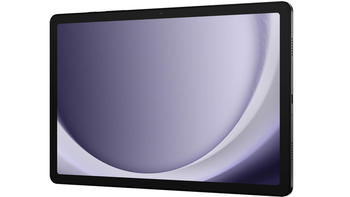
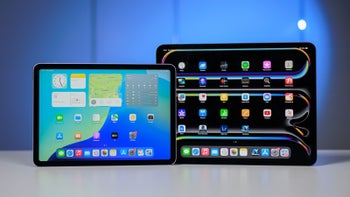
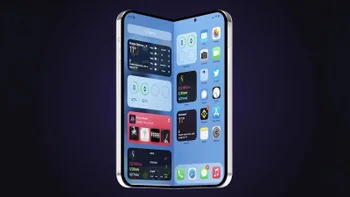
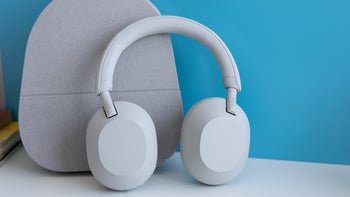
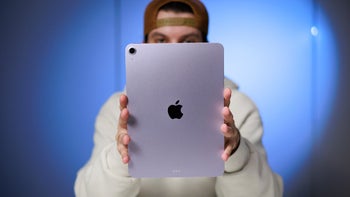
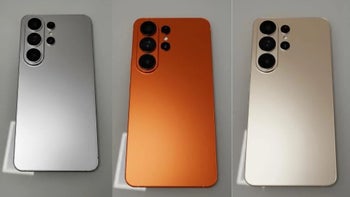
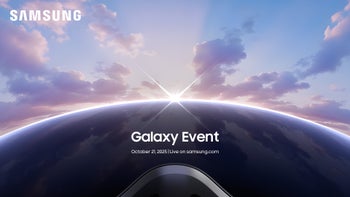
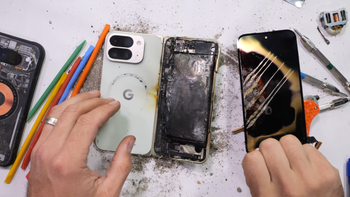
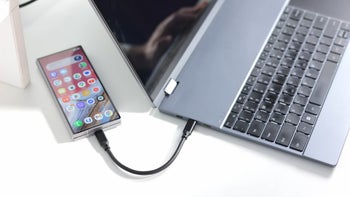
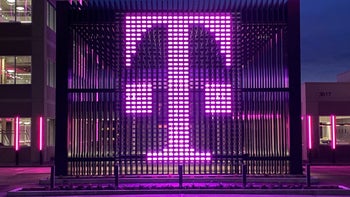
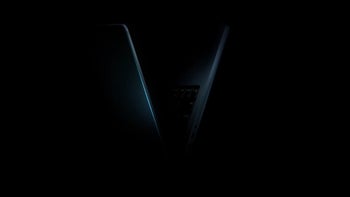
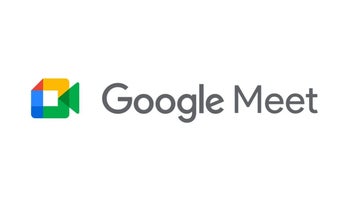
Things that are NOT allowed:
To help keep our community safe and free from spam, we apply temporary limits to newly created accounts: